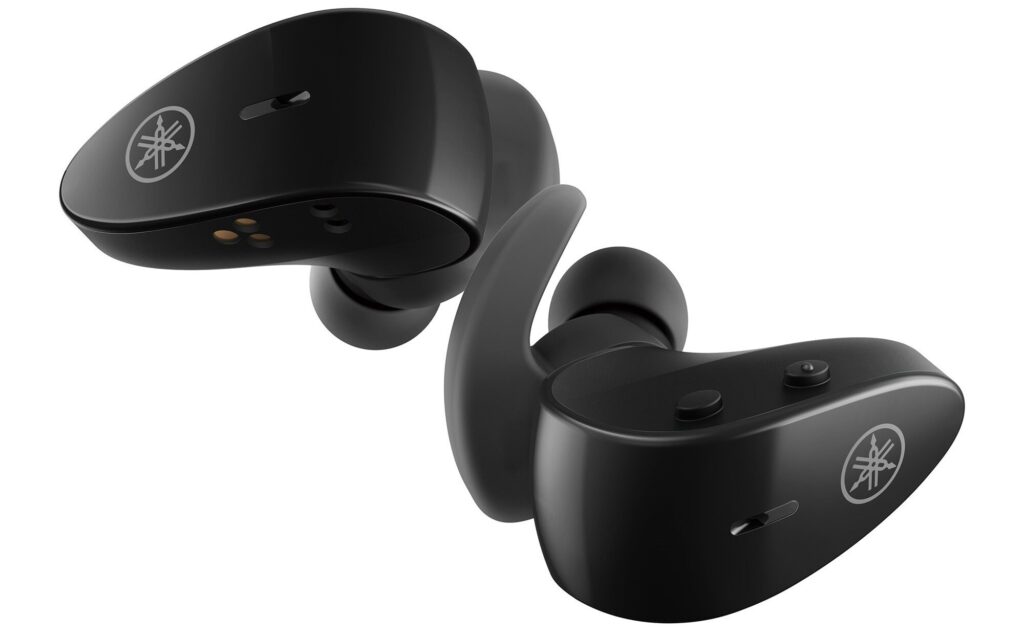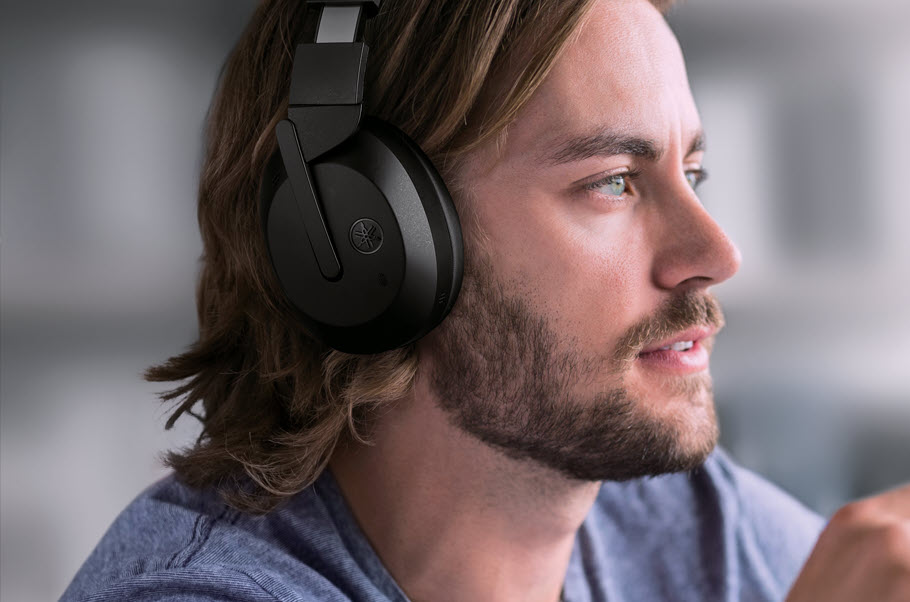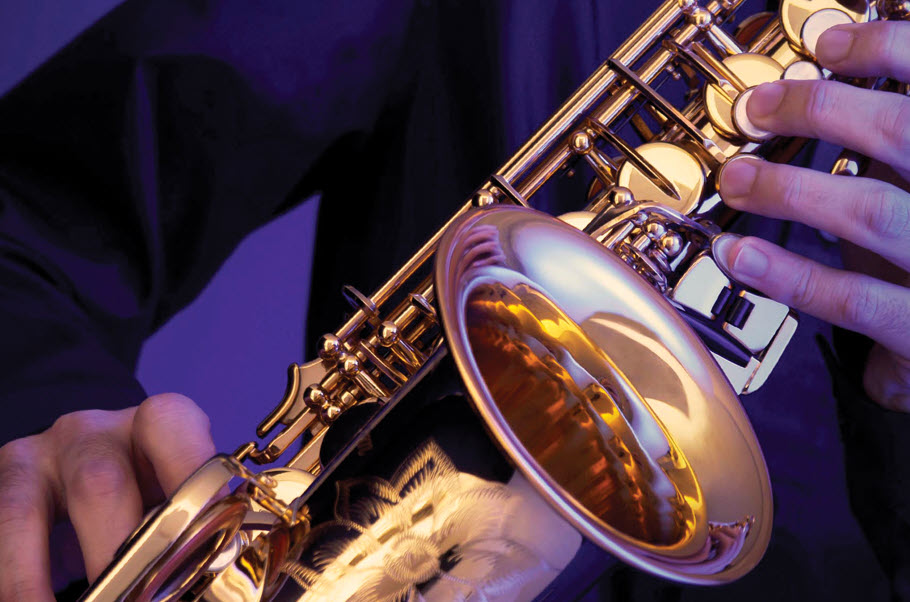What Is an IPX Rating and What Does it Mean for Headphones?
When it comes to water resistance in personal electronics, it’s a numbers game.
Have you seen the term “IPX rating” when shopping for personal electronics? It’s a measure of how water-resistant a device is. Particularly if you’re shopping for headphones or earbuds, a product’s IPX rating can be a significant factor in deciding what to buy.
All in a Name
Technically, an IPX rating is called an IP Code, which stands for “Ingress Protection Code.” We’ll explain how the “X” got there and what it means shortly, but first, a little background.
The IP rating standards are published and maintained by an organization called the International Electrotechnical Commission. In addition to quantifying “liquid-ingress protection” (in English, water resistance), IP codes also quantify the amount of “solid-particle ingress,” which is tech-speak for dust resistance.
The format of an IP Code rating is simple. It starts with the letters “IP,” followed by two digits. The first digit is for dust resistance; it ranges from 0 to 6. The second is for water resistance, and it ranges from 0 to 8. The higher the number, the greater the protection. IP34 or IP68 would be examples of IP Codes that cover both types of ingress, the latter being the highest rating possible.
The X Factor
Now, let’s bring the “X” into the equation. Consumer products, for the most part, don’t have dust-resistance ratings. (More commonly, this is applied to industrial products.) When no rating is available, the IP format calls for an “X” to replace the number. So, for example, a rating of IPX4 would indicate that no dust-resistance information is available, but there’s a water-resistance rating of 4.
Because of the lack of dust-resistance information for consumer products, their ratings almost all begin with IPX. As a result, IPX has become the colloquially accepted prefix for water resistance only.
What’s in a Number?
Now that we’ve gotten that out of the way, let’s talk about what the water-resistance numbers mean. Here are the basic definitions for each level, shortened and paraphrased for clarity:
IPX0: Has no special protection from water.
IPX1: Protects against dripping water falling vertically.
IPX2: Protects against dripping water falling vertically with the product tilted by as much as 15 degrees.
IPX3: Protects against water sprayed at any angle, up to 60 degrees vertically on either side.
IPX4: Protects against splashing water from any direction.
IPX5: Protects against jetting water from any direction.
IPX6: Protects against powerful jetting water from any direction.
IPX7: Protects against temporary immersion in water. (Up to 30 minutes at a maximum depth of 1 meter.)
IPX8: Protects against continuous immersion in water.
How High the Rating?
When you research IPX ratings online, you’ll find a variety of opinions regarding the specific protection level you need for various situations. Probably the best way to evaluate which IPX level will work for you is to think about how you may encounter water when wearing your headphones or earbuds. Look at the descriptions of the IPX ratings and decide which offers you the protection you need.
For example, if you only use your earbuds when you’re going to sleep, you’d probably be fine with IPX1. Or if the only moisture that might hit your wireless headphones or earbuds is water spraying from the sink when you’re washing dishes, then an IPX3-rated product should suffice.
On the other hand, if you wear your earbuds outdoors, rain or shine, you may want to go for at least an IPX5-rated product such as Yamaha TW-E7B, TW-E5B or TW-E3C true wireless earbuds because hard rain can actually be very similar to jetting water.

Runners and others who wear earphones during workouts also have to factor in sweat. And then there are people who can’t be without their tunes even when swimming. If that’s you, you might want an IPX7- or higher-rated product. Yamaha TW-ES5A true wireless sports earbuds have an IPX7 rating and are suitable for pretty much every activity, including swimming.

For more on shopping for wireless headphones, check out this blog article.
Butterfingers
Higher IPX ratings don’t always equate to higher prices. A lot has to do with the quality of the product beyond its ability to resist water.
If you’re going to buy a pricey pair of headphones or earbuds, you might consider getting a product with a higher IPX rating than you need. Think of it as an insurance policy. Even if you only use your earbuds in the house, you might accidentally drop them into a sink or bathtub full of water, in which case that IPX7 or 8 rating will save you.
One complication you’ll probably encounter is that not all products have IPX ratings at all. Some may come with manufacturer claims of “water-resistant” or “waterproof,” but those terms are vague and not quantifiable. If you want the comfort of knowing how much protection your earbuds or headphones have, shop only for IPX-rated products.
There is certainly no shortage of them on the market. To get a sense for the variety, try searching online for “IPX5 wireless earbuds,” or “IPX8 headphones,” etc. (or whatever level of water resistance you want). You might be surprised at the range of choices you’ll be presented with.
Without question, IPX ratings are beneficial when you’re in the market for new headphones or earbuds. Understanding their meaning makes you a more savvy shopper and helps ensure that the products you buy have the appropriate water protection for the activities you engage in.
















